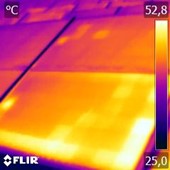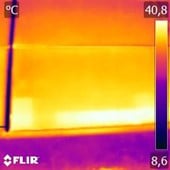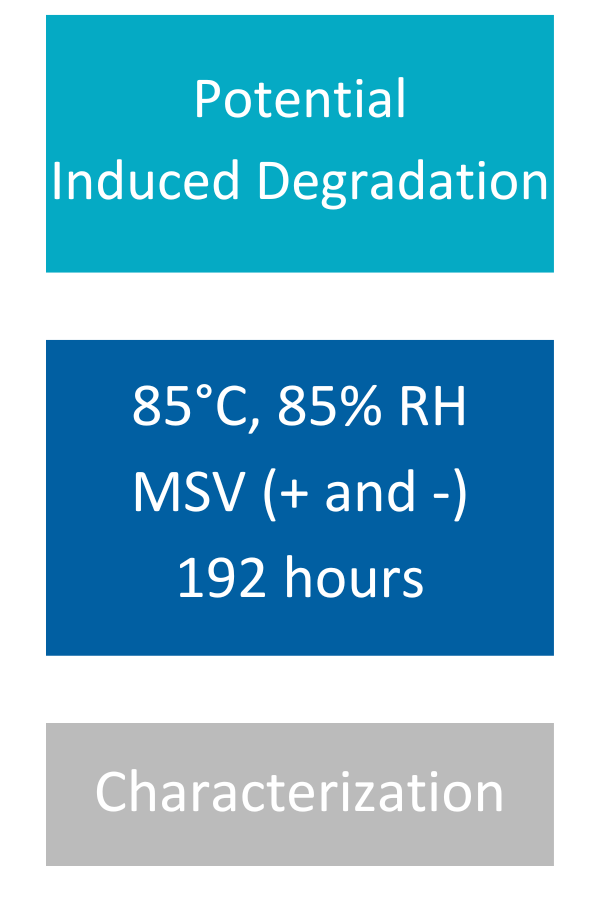Why potential-induced degradation testing matters
PID can reduce solar site profits, even when it is reversible. Kiwa Moroni discovered this when they observed a severe case of reversible PID when conducting technical due diligence on a 1 MW plant in Sicily, Italy in 2019. By 2019, the solar plant was underperforming by 9.3%, having suffered a 6.3% loss in expected revenues since the project began operating in 2016.
Kiwa Moroni identified PID as the primary driver of project underperformance through desktop analysis of historic energy production data, in-field EL imaging, IR imaging and IV curve tracing. The firm recommended that the asset owner install an anti-PID device with the expectation that 95% of degradation would be reversed within one year. Despite this recovery the project is expected to be less profitable than modeled by a total of nearly 300,000 Euros over the period from 2016 to 2025.
PID generally happens when there is a negative voltage between a PV module’s frame and cells that causes sodium ions in the module’s glass to migrate into the cells, which are typically coated with a silicon nitride (SiN) anti-reflective coating. In PID-susceptible cells, pinholes in the SiN coating are large enough to allow sodium ions to enter the cell, creating “shunts.” This can cause module performance to be irreparably decreased. Alternatively, a possibly reversible form of PID can occur when the voltage of the PV module’s internal circuit relative to ground creates a buildup of static charge, also causing power loss.
While often thought as limited to transformerless inverter-based sites, PID can on central inverter-based sites while the strings stay at Voc before grid connection or during periods of outages. Asset owners can prevent PID in projects under development by following Kiwa Solar’s best practices. While the first step is to procure BOMs that are not susceptible to PID, ongoing testing and inspection throughout the project lifecycle are vital for quickly remediating PID when it occurs.
 |
 |
These IR images show elevated temperatures at the edges of the modules by the frame. This indicates PID, which typically has the highest impact around the perimeter of the PV module.
Materials assessed
Leakage current can flow from the cells through the encapsulant and glass to the module frame which can result in static charge buildup and/or sodium ions penetrating the cell surface, reducing energy generation. These materials can therefore impact the module’s PID susceptibility:
|
 |
Test procedure
| Modules are placed in an environmental chamber at 85°C and 85% relative humidity for 192 hours while a voltage bias equal to the maximum system voltage rating of the module (typically + and − 1500V) is applied. These conditions cause PID to occur in susceptible modules. The test duration is twice that of IEC 61215:2021’s PID test. |  |

